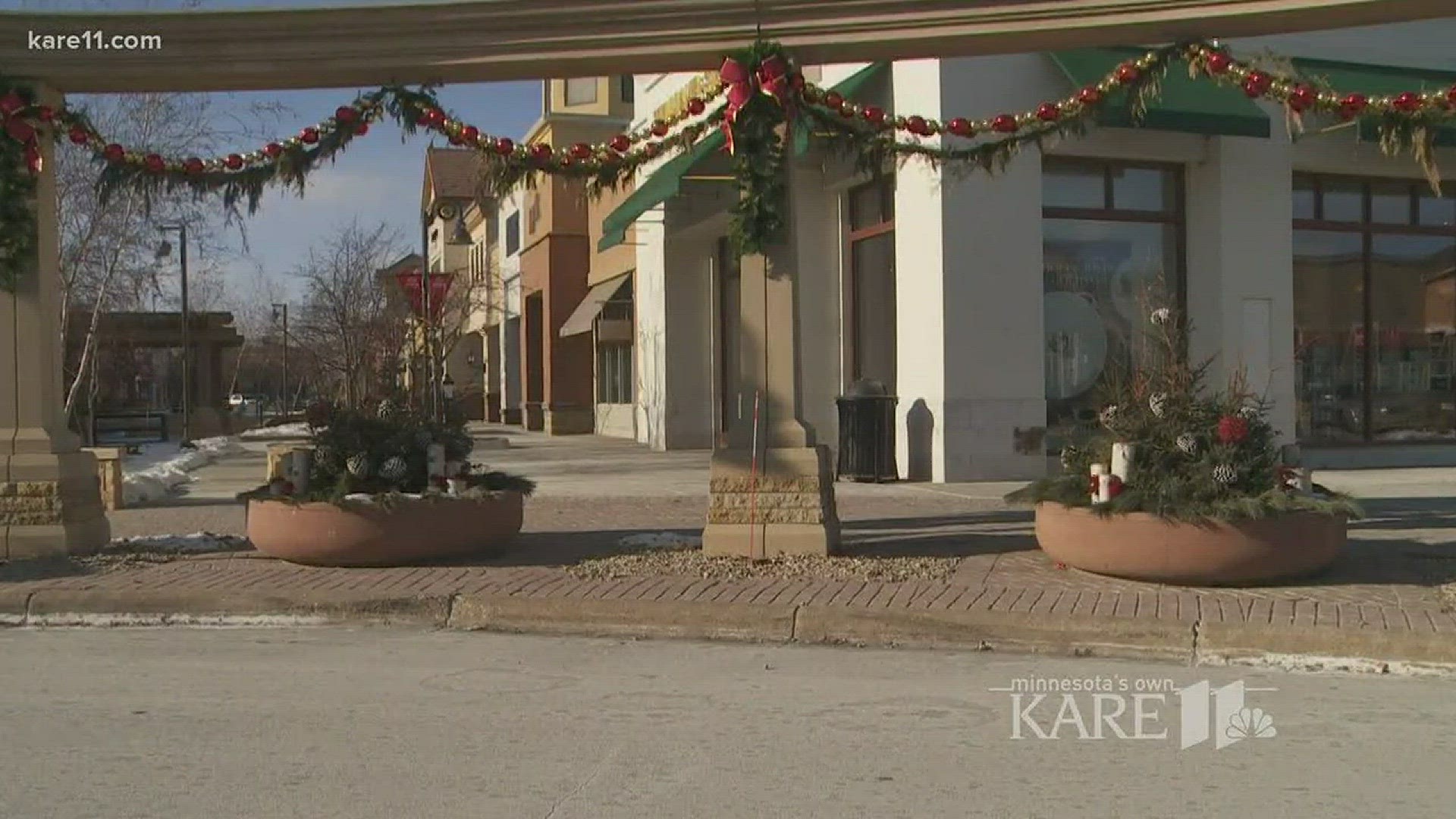Despite thousands of store closings this year, Americans supplied a final flurry of spending to give retailers their best holiday season sales since 2011, figures released Tuesday show.
U.S. year-end holiday retail sales rose 4.9% compared to the same period last year, a welcome gift to U.S. retailers amid new signs of consumer confidence.
Online retail shopping similarly increased 18.1%, while overall consumer buying during the holiday period set a new record for dollars spent, according to the sales report issued by Mastercard SpendingPulse.
"Overall, this year was a big win for retail," Sarah Quinlan, senior vice president of Market Insights, Mastercard, said in a statement issued with the report. "The strong U.S. economy was a contributing factor, but we also have to recognize that retailers who tried new strategies to engage holiday shoppers were the beneficiaries of this sales increase."
Although the report showed the 2017 holiday shopping season from Nov. 1 to Dec. 24 was a winner for all retailers, the results differed by category:
- There was no place like home for the holidays for many shoppers, who sent sales of electronics and appliances up 7.5%, the strongest growth of the last 10 year. Sales of home furniture and furnishings separately grew 5.1%.
- Despite taking the brunt of closings this past year, even specialty apparel and department stores experienced moderate sales gains.
- Heavy early-season promotions worked, with the first three weeks of November delivering significant sales increases.
- Shoppers continued spending late into the holiday season, making Dec. 23rd second only to the post-Thanksgiving Black Friday in terms of single-day spending. Jewelry sales rose 5.9%, largely driven by last-minute sales.
The findings were based on aggregate sales activity in the Mastercard payments network, along with survey based-estimates for other forms of payment, including cash and checks, Mastercard said. The data exclude auto sales.
The results delivered a financial boost to retailers during a year in which dozens of companies sought bankruptcy court protection as they sought to cope with shifting consumer tastes and a continuing shift to e-commerce transactions.
In another sign of the overall sector's strength, a public index launched in mid-November to track the performance of traditional U.S. retailers showed a nearly 15.7% increase in market returns as of Friday.
The Solactive-ProShares Bricks and Mortar Retail Store Index is composed of U.S.companies that account for 75% or more of retail revenue from in-store sales, including Macy's; Costco; Best Buy; Home Depot; Tiffany; Target; Dollar General; Barnes & Noble; The Gap; Sears; Nordstrom; AutoZone; and JC Penney.

